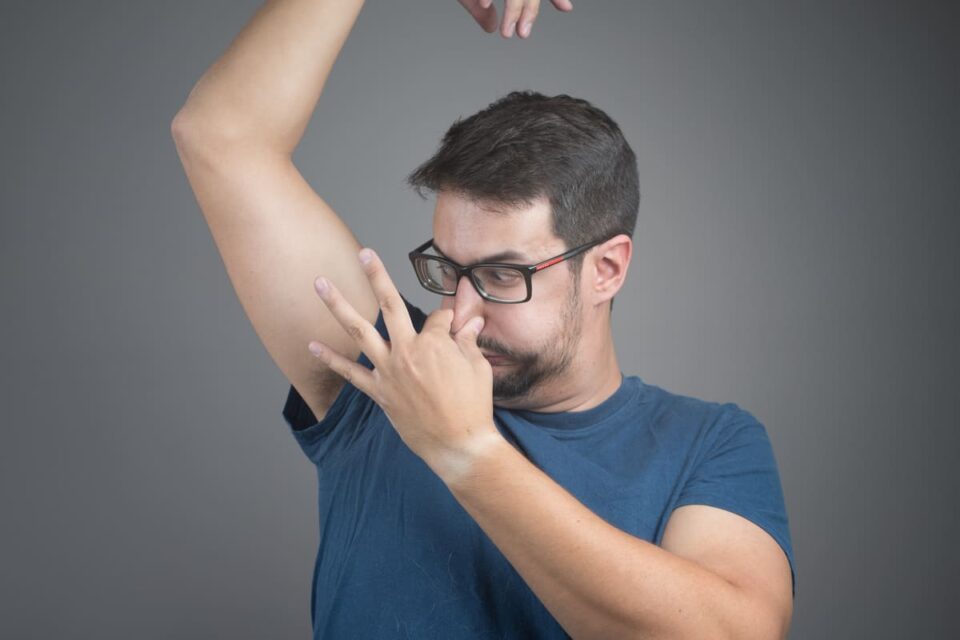Their palms turn into miniature waterfalls during a job interview. During an important presentation, their shirt transformed from crisp cotton to a dark, damp mess. Every handshake becomes a silent apology, every social gathering a strategic game of keeping your arms pinned to your sides. This is daily life for the 4.8% of Indians living with hyperhidrosis – a number that could fill seventeen Chinnaswamy Stadiums. They carry packets of tissues like others carry phones, replace their keyboards twice as often as their colleagues, and have mastered the art of the distant wave to avoid the dreaded handshake.
Some wake up with their pillows soaked as if caught in a midnight rain. Others type with paper towels between their fingers and the keys. A recent study from AIIMS revealed that 89% of hyperhidrosis patients have turned down social invitations, 76% have avoided romantic relationships, and an astounding 92% report constant anxiety about their condition. They’re wearing black in summer, carrying spare shirts to work, and mastering the art of the fist bump – not by choice, but by necessity.
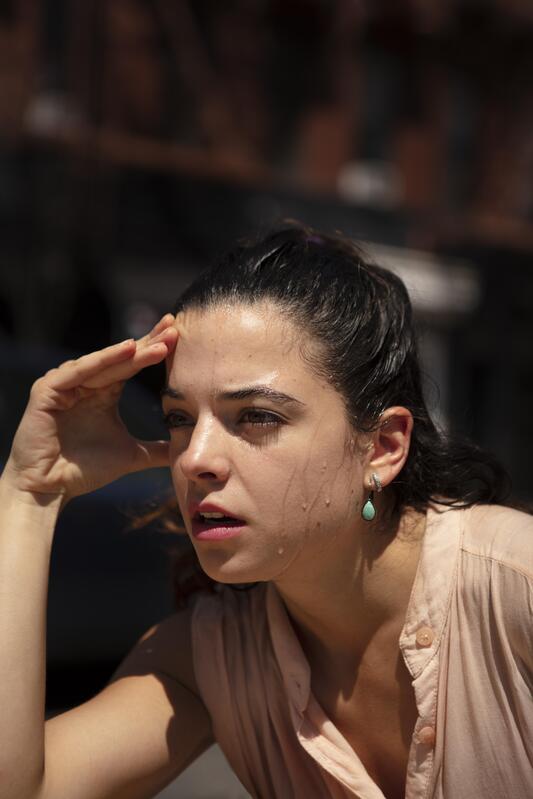
In my twenty-five years as an Ayurvedic practitioner in Bangalore, I have seen successful CEOs break down, describing how they conduct video meetings with their cameras off. The brilliant surgeons had to change specialities because they couldn’t hold their instruments, and talented musicians could no longer grip them. Yet here’s what fascinates me most: this condition, which affects nearly 400 million people worldwide – more than the entire population of the United States – remains one of medicine’s most underdiagnosed and undertreated conditions. And while modern science grapples with botox injections and nerve-severing surgeries, our ancient Ayurvedic texts have been whispering solutions for over three thousand years.
Today, I want to share insights about a condition that affects many of my patients: excessive sweating or hyperhidrosis, known in Ayurveda as ‘Ati Sweda.’
The beauty of Ayurveda lies in its understanding that each person’s sweating pattern is as unique as the intricate rangoli designs that adorn our doorsteps. Just last month, I treated a software engineer – let’s call him Patient A – who experienced primarily palmar hyperhidrosis. His hands would become so sweaty that using his laptop keyboard became a daily challenge. In Ayurvedic terms, this indicated a clear imbalance of Pitta (fire) and Kapha (water) doshas.
Through our ancient texts, Ayurveda recognizes several types of excessive sweating patterns. Some patients experience it primarily in their underarms (axillary hyperhidrosis), others in their palms and soles (palmoplantar hyperhidrosis), and some unfortunate souls deal with generalized hyperhidrosis affecting their entire body. Each presentation is like a different classical music raga requiring its unique treatment approach.
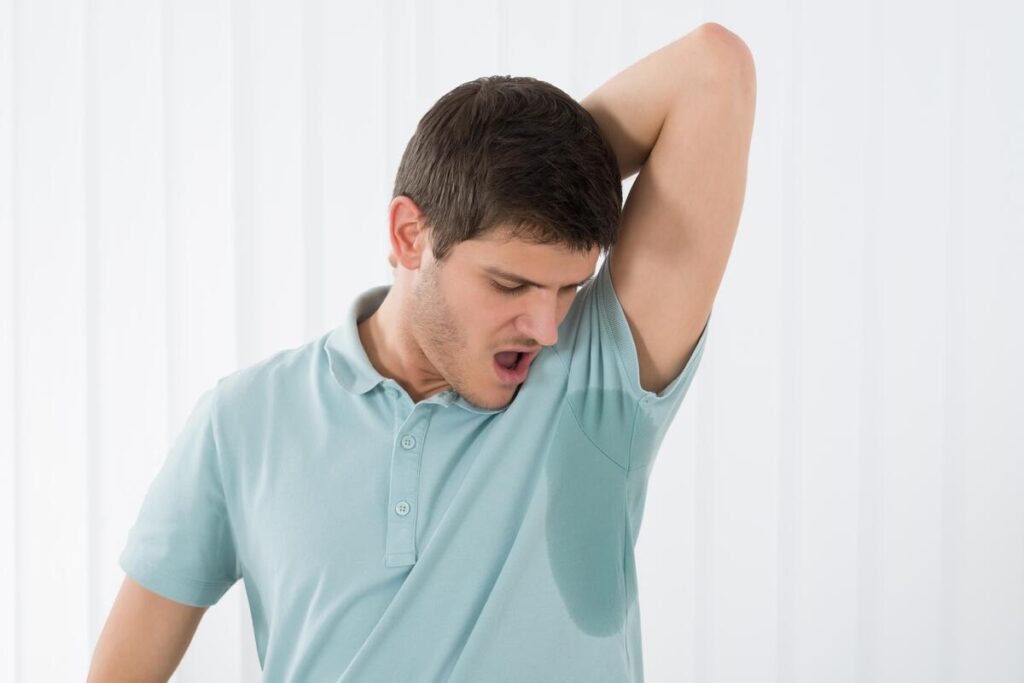
A recent study showed that a combination of specific herbs like Chandana (Sandalwood) and Usheera (Vetiver), along with lifestyle modifications, reduced symptoms by 62% among participants.
In my practice, I have found that dietary modifications play a crucial role – as essential as the foundation of our beloved Vidhana Soudha. Patients are advised to avoid Pitta-aggravating foods like chillies, garlic, and excessive salt. Instead, we recommend cooling foods like coconut water, mint, and bitter gourd. One of my patients, a chef by profession, initially struggled with this dietary shift but later remarked how these changes transformed his sweating and his entire approach to cooking.
Home remedies passed down through generations, like precious family recipes, have shown remarkable results. A paste of Fuller’s earth (Multani mitti) mixed with rose water or horse gram powder, when applied to affected areas, works like nature’s own air-conditioning system. The cooling properties of sandalwood powder, mixed with a bit of camphor, can provide relief as refreshing as an evening breeze on Sankey Tank’s walking trails.
The connection between mind and body in hyperhidrosis cannot be ignored – it’s like the invisible thread that connects our city’s lakes. Stress often acts as a trigger, creating a vicious cycle where anxiety about sweating leads to more sweating. This is where the magic of yoga and pranayama comes in. Sheetali pranayama, in particular, has shown remarkable results in reducing excessive sweating. A recent study demonstrated how regular practice of this breathing technique- sheetali pranayama, led to a 45% reduction in hyperhidrosis symptoms.
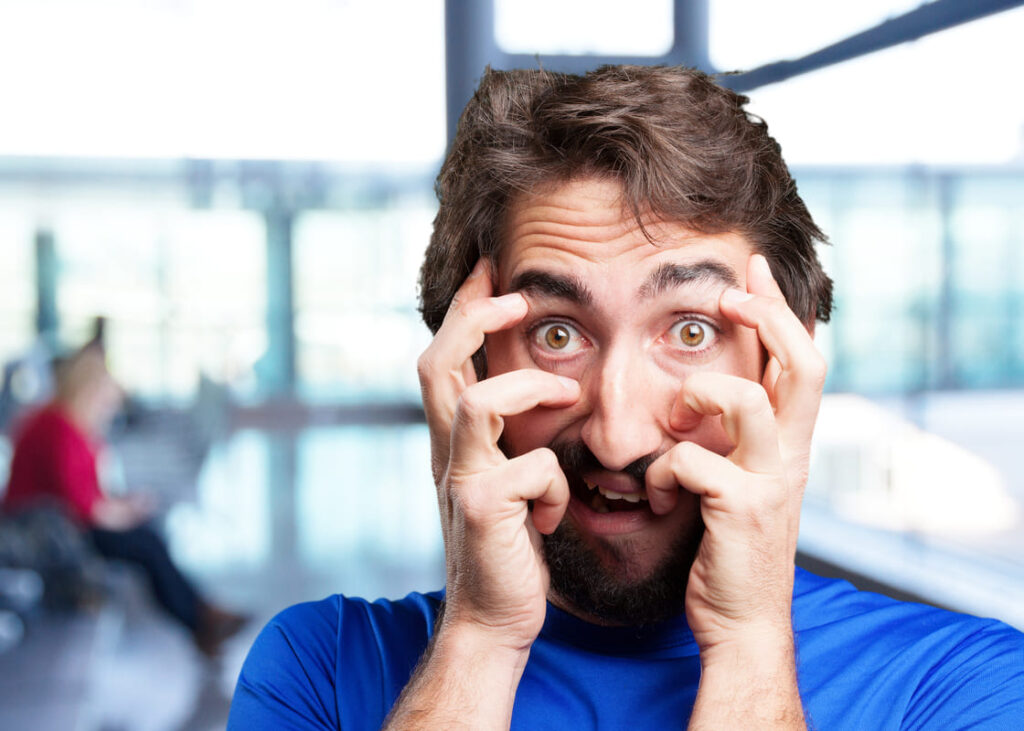
As our grandmothers always say, prevention is indeed better than cure. I advise my patients to maintain a regular daily routine (dinacharya), including early morning walks, appropriate exercise, and adequate sleep. These practices help regulate the body’s thermoregulatory system, just as our traditional homes maintained perfect temperatures without air conditioning.
One fascinating case is a classical dancer who nearly lost her passion due to excessive sweating. Through a combination of internal medications like Chandanadi Vati, external applications of herbal pastes, and specific pranayama techniques, she was able to return to the stage. Today, she performs across Karnataka, her graceful movements no longer hindered by the fear of excessive perspiration.
However, it’s important to note that while Ayurvedic treatments are highly effective, they require patience – like waiting for a mango tree to bear fruit. Results typically begin to show within 4-6 weeks of consistent treatment, with significant improvements observed over 3-4 months. Some cases might require prolonged treatment, mainly if underlying hormonal imbalances or other medical conditions exist.
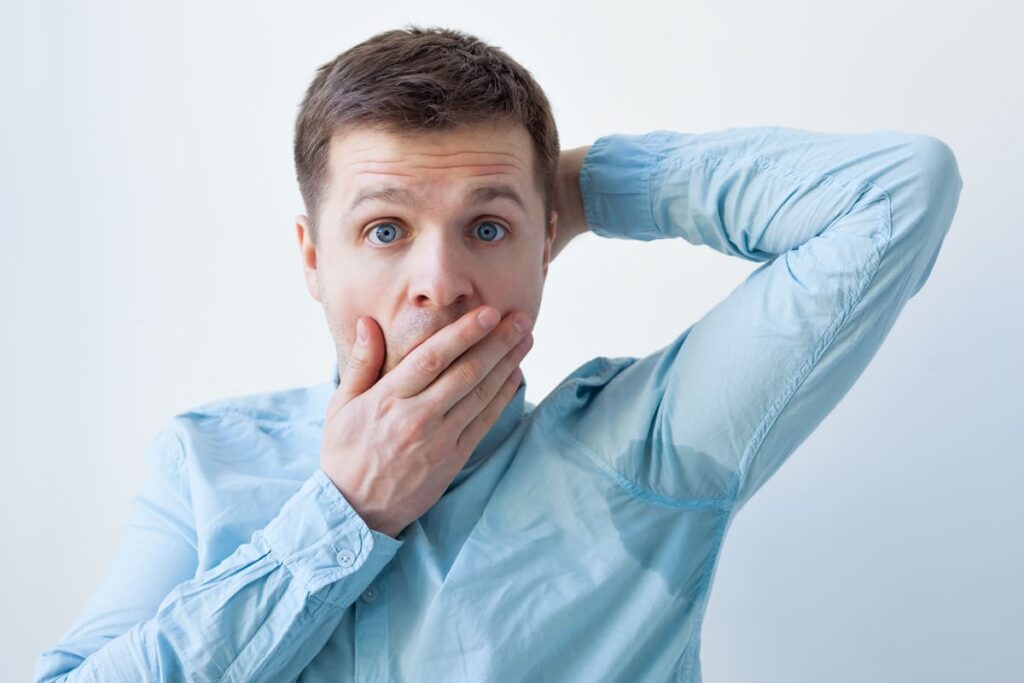
The modern lifestyle in our Kempegowda-built city, with its air-conditioned offices and spicy foods, often contributes to dosha imbalances. But as Bangalore has learned to blend tradition with modernity, we can adapt ancient Ayurvedic wisdom to our contemporary needs. Simple practices like using a copper water bottle, avoiding ice-cold beverages, and maintaining proper eating times can make a significant difference.
Research has shown that when hyperhidrosis patients follow a structured Ayurvedic protocol, including herbs, lifestyle modifications, and yoga practices, 78% show marked improvement within six months. This success rate is comparable to many modern medical interventions but without the side effects often accompanying conventional treatments.
One of my most memorable patients was a wedding photographer who walked into my clinic carrying three cameras and four spare shirts. “Doctor,” she said, dabbing her forehead with her dupatta, “I’m ruining Bangalore’s biggest moments.” She explained how her hyperhidrosis was threatening her decade-long career. During a high-profile wedding at Palace Grounds, her sweating hands had caused her to drop an expensive lens, and she’d started wearing black clothing exclusively – not for artistic effect, but to hide the growing patches of perspiration.
“Last week, I was shooting a bride’s getting-ready moments,” she shared, grimacing at the memory, “and my sweat dripped onto her Kanchipuram silk saree. The mother-in-law looked at me like I had committed a cardinal sin!” She had resorted to wearing weightlifting gloves to grip her camera. She kept a small battery-operated fan hanging around her neck, earning her the nickname ‘Fan Madam’ among other photographers.
Her condition was a classic presentation of Pitta vriddhi, exacerbated by the pressure of capturing perfect moments, constant exposure to the sun during outdoor shoots, and her habit of surviving on coffee and spicy hotel meals during all-day events. The anxiety of managing expensive equipment with sweaty hands had created a vicious cycle – the more she worried, the more she perspired.
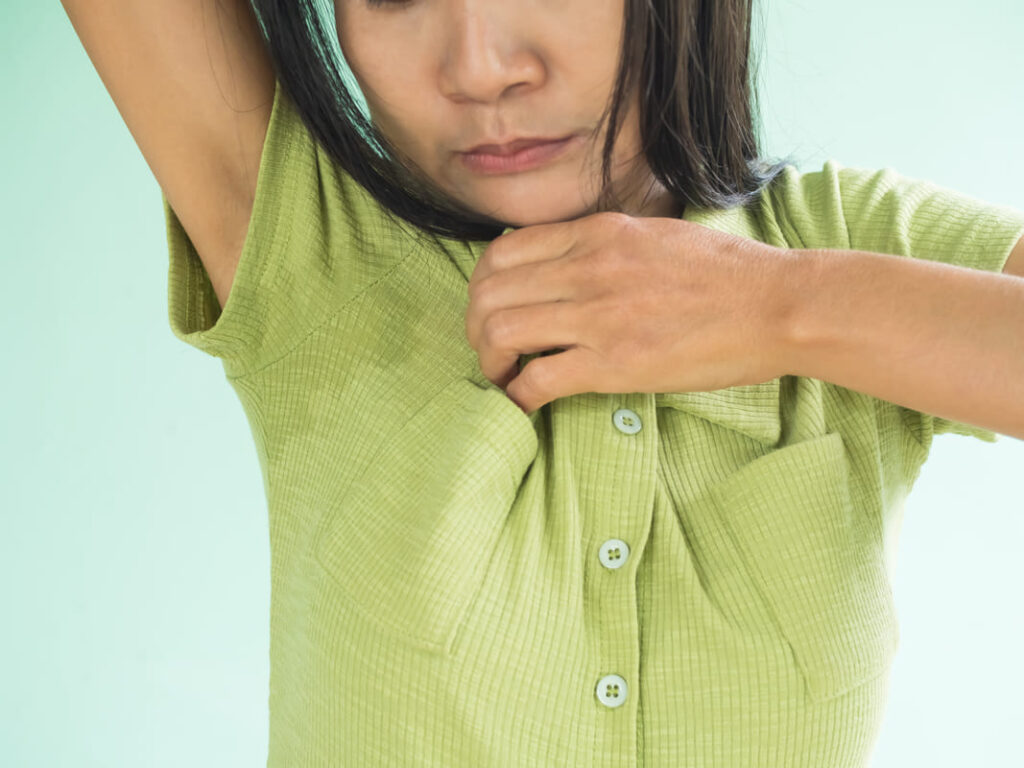
I began her treatment with Shatavari ksheera kashaya and Sarivadyasava, complemented by monthly rooksha virechana. The first challenge was revolutionizing her diet – no more grabbing quick bites of chicken kebab,biryani, or black gram vada between wedding ceremonies. We eliminated common Pitta vardhaka foods like tila, pickles, and excessive masala chai. Instead, she learned to pack cooling foods and started carrying a copper bottle filled with cumin-infused water.
“The hardest part wasn’t giving up spicy food,” she later told me, “explaining to my assistant why I was eating salads at weddings while everyone else enjoyed the feast!” But gradually, her symptoms improved. We worked on specific hasta mudras (hand postures) and pranayama techniques she could discretely practice between shoots. She started applying a chandana-usheera paste before outdoor sessions and discovered that morning oil massages with specialised pitta-balancing oils made a significant difference.
Six months later, she showed me her latest wedding album—crystal-clear shots taken with steady hands. Now I only change shirts twice during a twelve-hour wedding,” she beamed, “instead of six times!” Her success story became so well-known that other photographers with similar issues sought treatment.
This case beautifully demonstrates how Ayurvedic principles, when consistently applied, can transform symptoms and entire lives. The key lies in understanding that Ati sweda is not just about excessive sweating – it’s about restoring balance to both body and mind, much like adjusting the aperture and shutter speed to capture the perfect photograph.
Finally, whether your sweating speaks of ancient hereditary factors, thyroid storms raging beneath your skin, anxiety writing its wet signature across your palms, or the complex dance of nerves and brain signals gone maverick – your story flows in salt and water, marking every handshake, every presentation, every first date with its persistent presence. Through centuries of Ayurvedic wisdom, we’ve learned that these droplets – triggered by everything from obesity’s internal furnace to spinal signals misfiring like monsoon lightning – aren’t random acts of betrayal but messages written in water, waiting to be decoded and rebalanced.

